When it comes to buying chicken or turkey, the options are limited and straightforward: legs, thighs, breasts, wings. But the number of options in the beef section could make your head spin. What the heck is eye-of-round? Ever heard of a Pikes Peak roast? As if that weren’t dizzying enough, many cuts go by more than one name. In general, though, cuts of beef can be subdivided into five major categories.
Steaks
Smaller, often individual–serving–size cuts of the large roasts, steaks tend to perform best when prepared using dry heat (grill, skillet or oven). The USDA classifies 29 cuts of beef as lean; 15 of those are in the steak category. The opposite of roasts, steaks—or grilling cuts—tend to come down in price during the colder months because many people don’t go outside to grill, says Bolton.
Ground
As with prepared cuts, the less-prized pieces of meat that aren’t butchered into roasts and steaks are collected and processed to make ground meat that can be used for burger patties, meatloaf and stuffing. The leaner the ground meat (e.g. 90–95-percent lean), the better it is for recipes that don’t allow you to drain off fat drippings, such as stuffed peppers, stuffed cabbage and lasagna. “Ground beef is my favorite cut because it really is whole-animal cookery,” says Lynne Curry, author of Pure Beef: An Essential Guide to Artisan Meat with Recipes for Every Cut (Running Press, 2012). “It’s also the most affordable. If you’ve never tasted grassfed beef, it’s the most accessible way to have it for the first time. I can cook ground beef any way I want. In winter I love Bolognese sauce, meatloaf, Indian dishes, Thai food.”
Ribs
Beef back ribs are bone-in, finger-lickin’ stars of pit-barbecue joints. At market, they’re usually sold as full-racks (12) or half-racks (6). At home, you can prepare them on a gas or charcoal grill, but smoking imparts a flavor and tenderness you can’t get from a flame. Short ribs, on the other hand, should be treated more like a roast. Because they’re usually boneless and extremely tender, they’re best when braised or pot-roasted.
Roasts
These are large portions of meat from the biggest sections of a cow (chuck, round and loin). Because of their size and relatively short hands-on time, they’re ideal when you’re serving a crowd. In general, they favor low-and-slow cooking methods, such as braising, broiling and pot-roasting in the oven or crockpot; although, you can also prepare them on the barbecue grill (see below). When you think roast, think fix-it-and-forget-it. Buying a whole roast and cutting it or asking your butcher to cut it into smaller portions can save you anywhere from a few cents to several dollars per pound. “Roasts are cheaper in the warmer months because people are not heating up their kitchens with an oven,” says Bolton.
Prepared Cuts
Increasingly sophisticated machinery allows butchers and meat-processing facilities to get more useful meat out of each cow than they used to. Quality meat that would have previously been lost as waste after the larger portions were cut can now be removed from bone and cartilage to make small cubes and strips ideal for kabobs, stews, stir-fries and tacos.
Better with Age
Aging meat is simply a slower way to achieve what marinating does quickly: It improves the flavor and tenderness of meat. The same enzymes found in marinating liquids and dry rubs occur naturally in beef but take longer to break down the connective tissues that make meat. Dry aging is usually done to beef with plenty of marbling and requires a very cold, humidity-controlled environment and anywhere from 10 to 30 days, making it prohibitively expensive for all but the finest restaurants. Wet aging is a process by which large primals or sections of the steer are vacuum-sealed, so the meat can marinate in its own juices for just a couple days. Although this tenderizes the meat, it doesn’t reach the same level of flavor concentration that dry aging achieves.
More about beef:
BEEF: Meat Your Match: How much and what’s the grade?
BEEF: Dressed to the Nines: What is a primal?

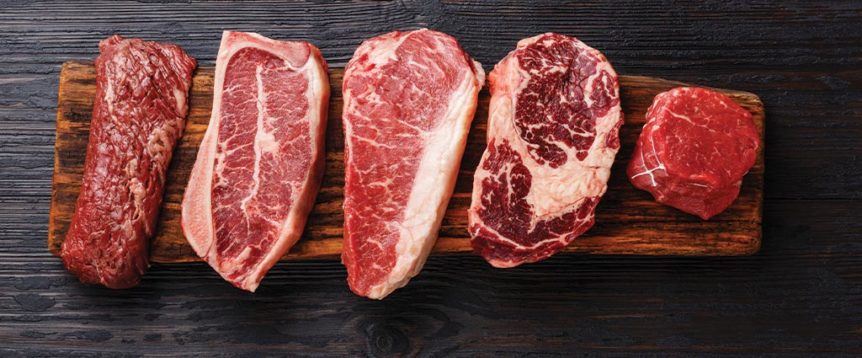
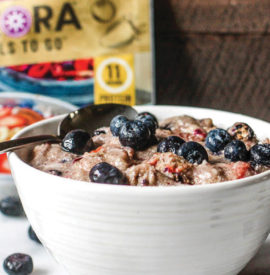
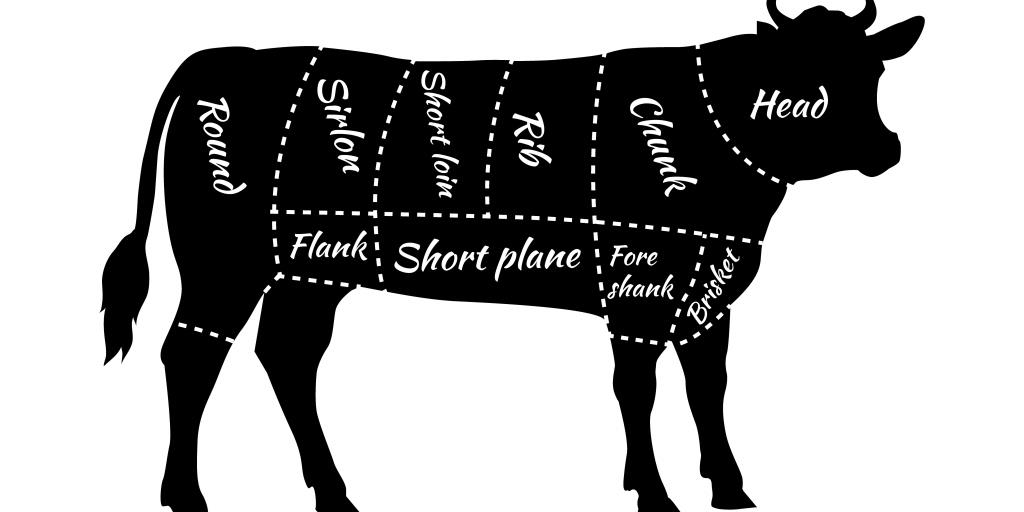

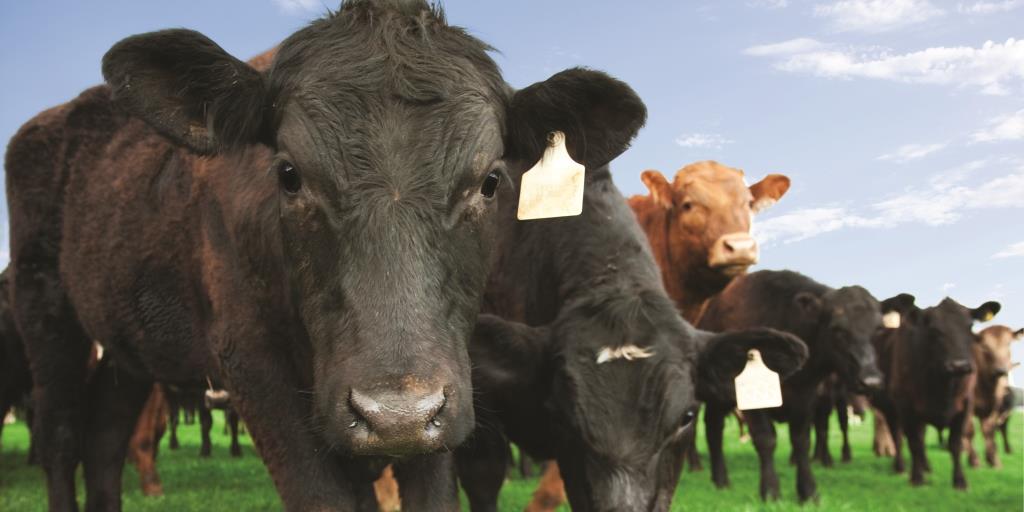

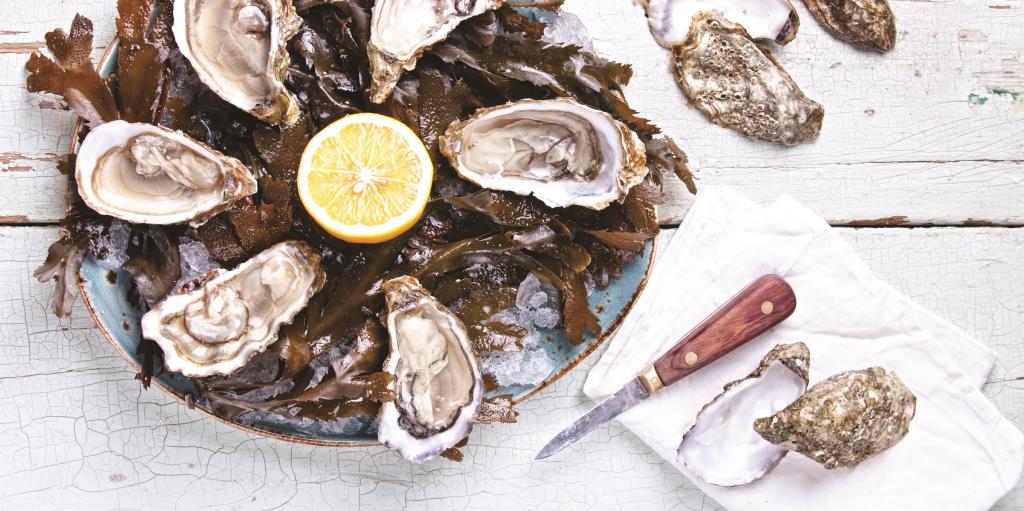

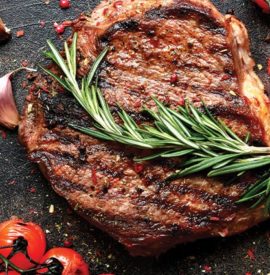
Comments